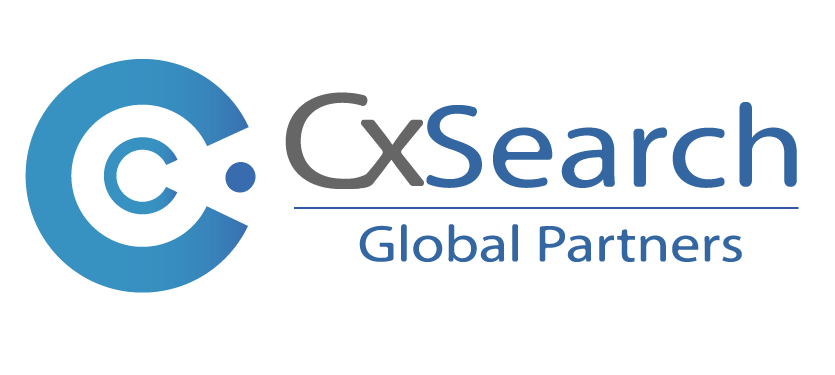Help Your Team Develop—and Apply—New Skills
WHITEPAPERS, ARTICLES & BLOGS
| Skill-building is critical in a constantly changing environment. But are your employees able to apply their skills effectively in different contexts? Here’s how you can use the 70/20/10 learning model to ensure your employees get the right mix of learning and application: * 10% formal instruction: This portion of the learning strategy involves investing in structured educational experiences that focus on specific skills, like workshops, courses, and training modules. * 20% social learning: This is the learning that happens when we’re exposed to others—for example, through interactions with mentors, coaches, or peers. To harness the power of this 20%, you might set up a mentorship program or a peer-to-peer education program to help employees learn from their colleagues. Regular team-building activities can also foster a culture of continuous learning and help improve skills. * 70% learning in the flow of work: This involves learning on the job through real-life experiences and tasks. For example, employees can improve their problem-solving skills by working on complex projects, or their communication skills by preparing to deliver a presentation. Regular feedback sessions can also help employees reflect on their performance and what they’ve learned, as well as identify areas for improvement. |
| This tip is adapted from “Help Your Employees Develop the Skills They Really Need,” by Greg Satell et al. |
THE CxHAPPENINGS
Plant Head
By
admin

